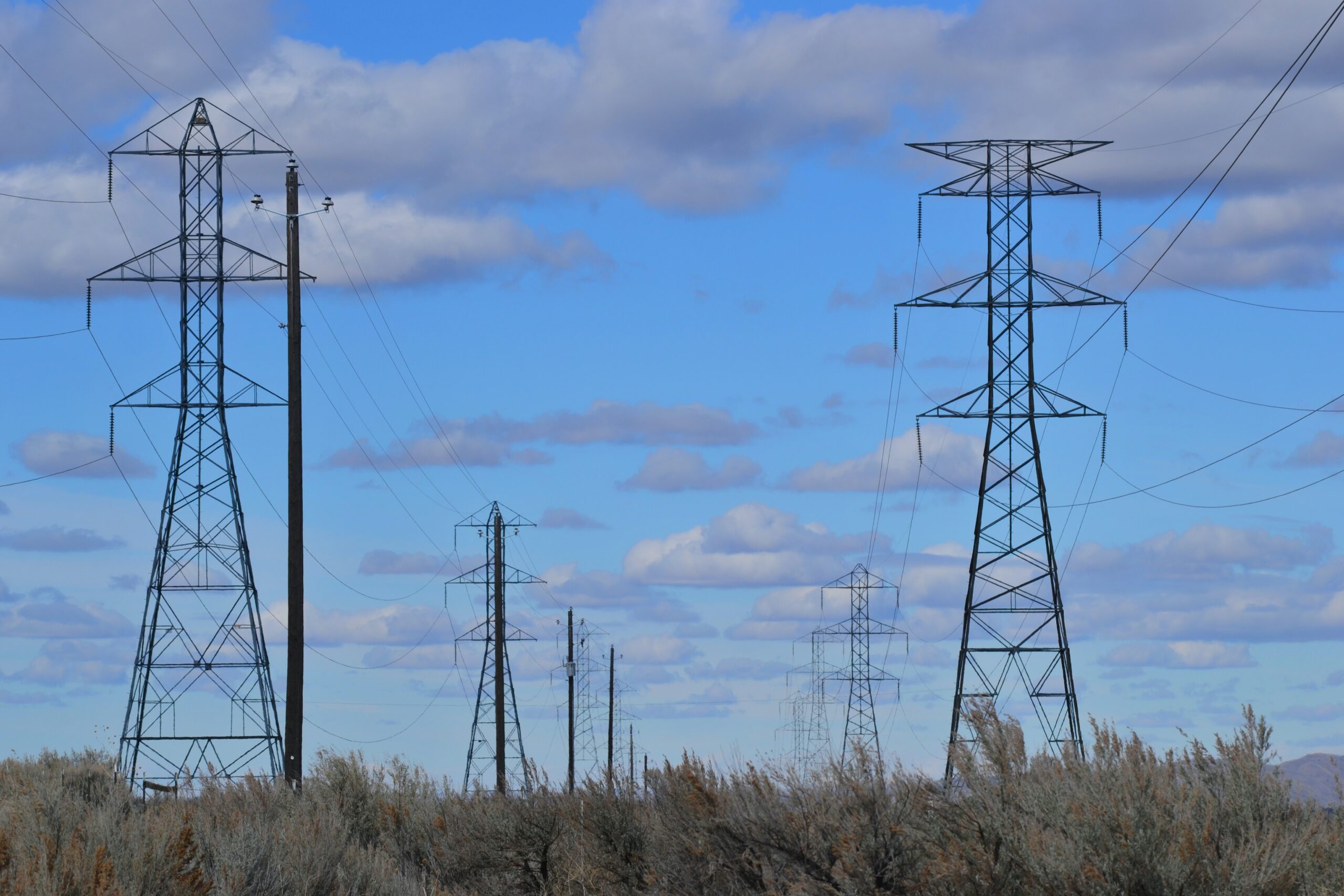

Wind energy, as a clean and renewable source, is rapidly gaining prominence in the global energy landscape. Among the various technologies powering wind turbines, the Doubly Fed Induction Generator (DFIG) stands out for its efficiency and versatility. This guide explores the principles, traits, and uses of the Doubly Fed Induction Generator in Wind Turbines (DFIG-WT), vital for sustainable wind energy.
Before we explore the intricacies of DFIG-WT, it’s essential to grasp the fundamental concepts that underpin its operation. Here, we’ll discuss the core principles of induction generators and the unique attributes that make DFIG-WT a preferred choice in the wind energy sector.
Induction Generator: A Brief Overview
Induction generators operate on the principle of electromagnetic induction, converting mechanical energy into electrical energy. Their inherent simplicity and reliability make them widely used in various applications.
Introduction to Doubly Fed Induction Generator (DFIG)
DFIG-WT is an advanced variation of the conventional induction generator, featuring dual sets of stator and rotor windings. This configuration endows DFIG-WT with enhanced control capabilities, enabling optimal power generation across a wide range of wind speeds.
Stator and Rotor Windings: A Synchronized Dance
DFIG-WT’s stator windings are directly connected to the grid, ensuring a stable power output. Meanwhile, the rotor windings, equipped with power electronic converters, facilitate variable rotor speed. This dual-winding setup enables seamless power regulation and efficient energy capture.
Power Electronics and Control Systems
The integration of power electronics and sophisticated control algorithms empowers DFIG-WT to maintain grid stability. Further, through precise control of rotor currents and voltages, DFIG-WT can swiftly respond to fluctuations in wind speed, maximizing energy yield.
High Efficiency and Energy Yield
DFIG-WT’s ability to adjust rotor speed in response to varying wind conditions enhances its overall efficiency. By operating closer to its peak efficiency point, DFIG-WT maximizes energy extraction from the wind, ensuring optimal utilization of resources.
Grid Compatibility and Reactive Power Control
DFIG-WT’s grid-friendly nature simplifies the integration process. It can supply reactive power to the grid, enhancing voltage stability. This characteristic is pivotal in modern power systems, where stability and reliability are paramount.
Onshore Wind Farms: Powering Communities
DFIG-WT’s versatility finds expression in onshore wind farms, where clusters of turbines harness wind energy to supply electricity to local communities. The ability to adapt to varying wind speeds makes DFIG-WT an ideal choice for such installations.
Offshore Wind Farms: Harvesting Energy from the Sea
In the vast expanses of the sea, DFIG-WT plays a pivotal role in offshore wind farms. Its robust design and efficient power conversion make it well-suited for the challenging offshore environment, where reliability is non-negotiable.
Hybrid Energy Systems: Integrating DFIG-WT with Other Sources
DFIG-WT’s compatibility with various energy sources, including solar and conventional power plants, facilitates the creation of hybrid energy systems. These systems ensure a consistent power supply, mitigating the intermittency associated with renewable sources.

Advantages of DFIG-WT: A Sustainable Choice
DFIG-WT’s advantages, such as enhanced efficiency, grid compatibility, and adaptability, position it as a sustainable choice in the renewable energy landscape. Its contribution to reducing carbon emissions and dependence on fossil fuels cannot be overstated.
Challenges and Innovations: Overcoming Hurdles
While DFIG-WT offers numerous benefits, it is not without challenges. Addressing issues related to maintenance, component reliability, and cost-effectiveness requires continuous innovation. Researchers and engineers are actively working on enhancing DFIG-WT’s performance and longevity.
In conclusion, the Doubly Fed Induction Generator in Wind Turbines (DFIG-WT) stands as a testament to human ingenuity in harnessing the power of nature. Its remarkable efficiency, adaptability, and contribution to sustainable energy make it a cornerstone of the renewable energy revolution.
Furthermore, as we navigate the path to a greener future, DFIG-WT’s role in shaping our energy landscape cannot be overlooked. Moreover, its integration into diverse applications, from onshore wind farms to innovative hybrid systems, signifies its versatility. In addition to its technical prowess, the challenges associated with DFIG-WT only serve as catalysts for innovation, propelling us towards more reliable and efficient solutions.
Click on the link for more Informative blogs: https://mycollegeassignment.com/blog/
Do you require any assistance with your assignments? We’re here to help you ! Now is the time to go http://www.subjectacademy.com/ https://www.instagram.com/mycollegeassignment/